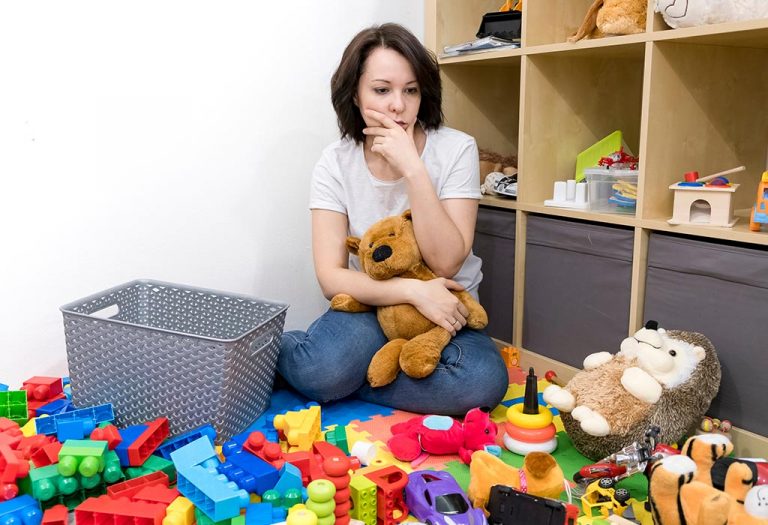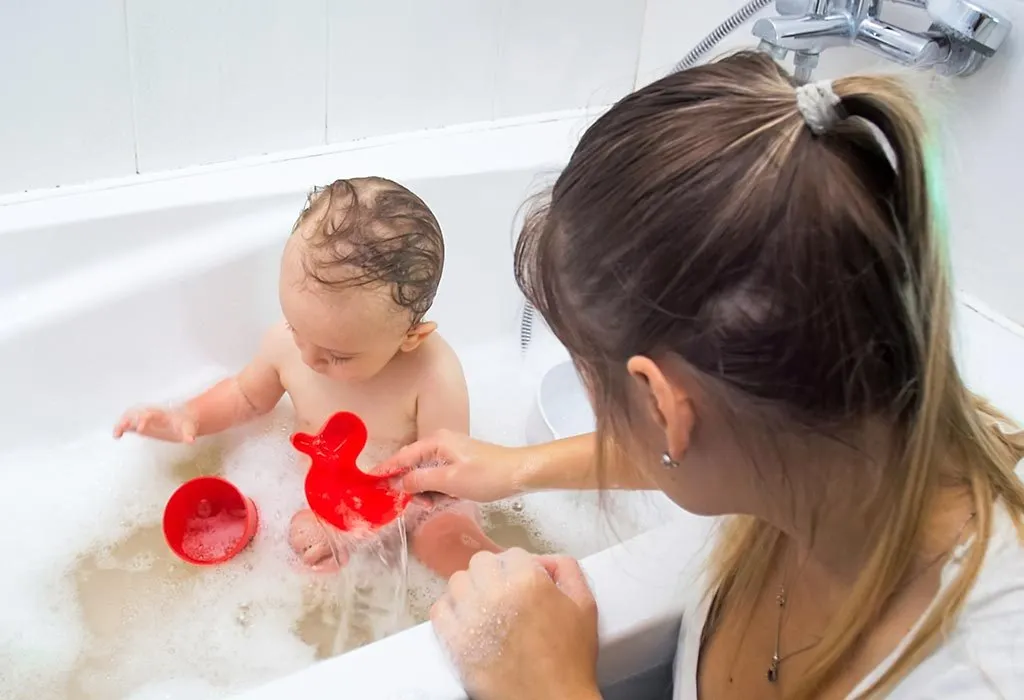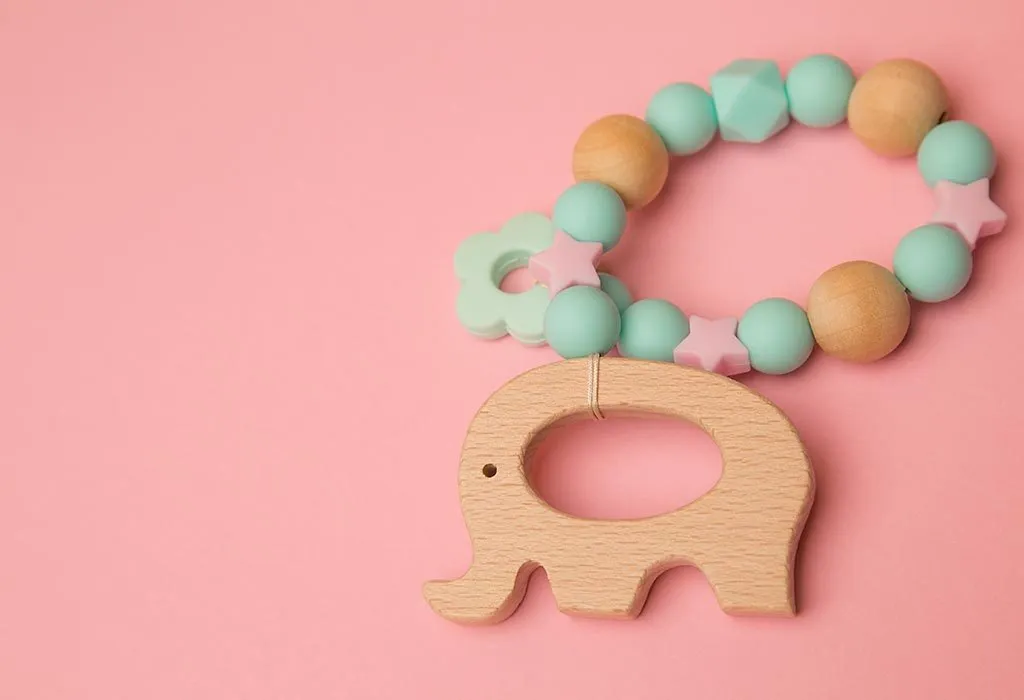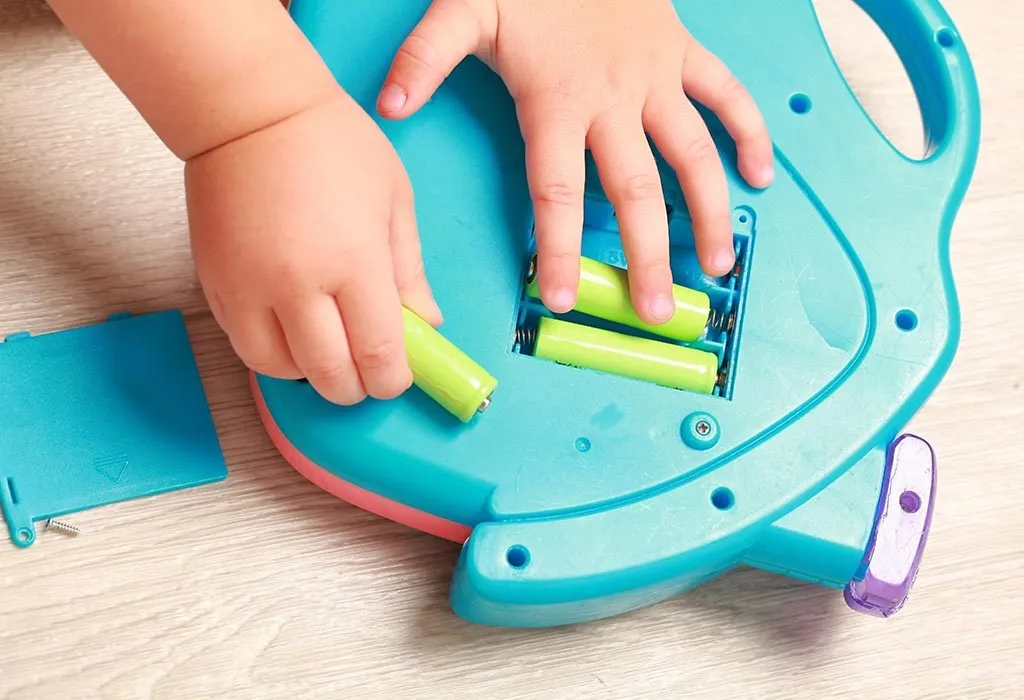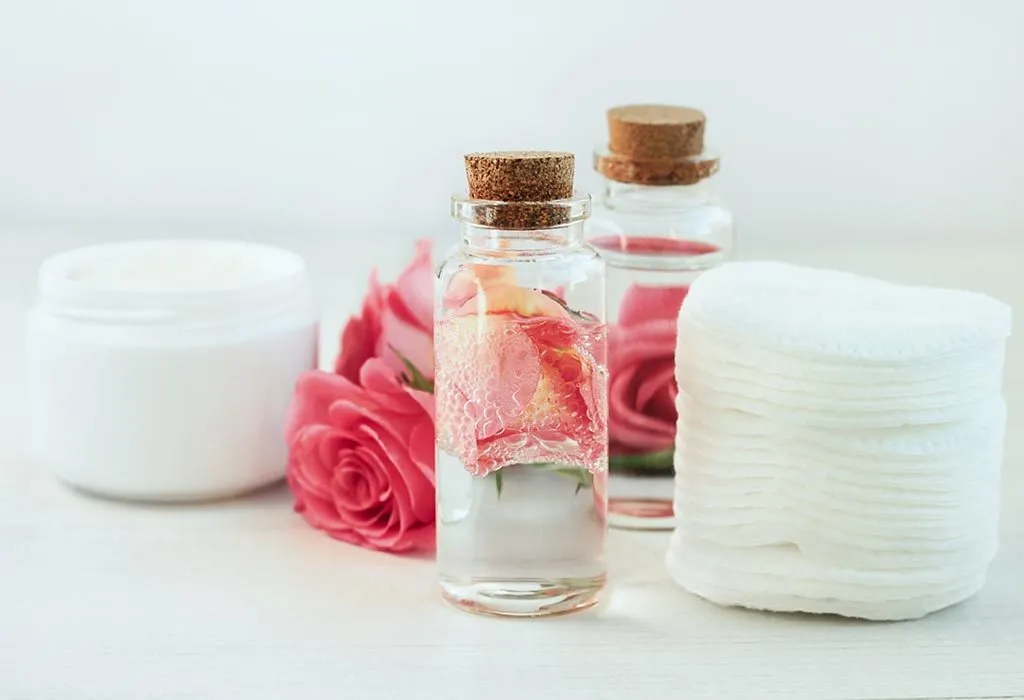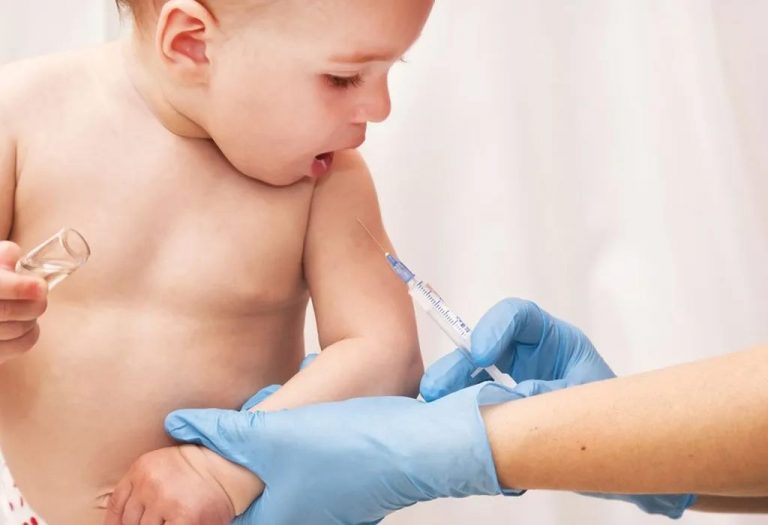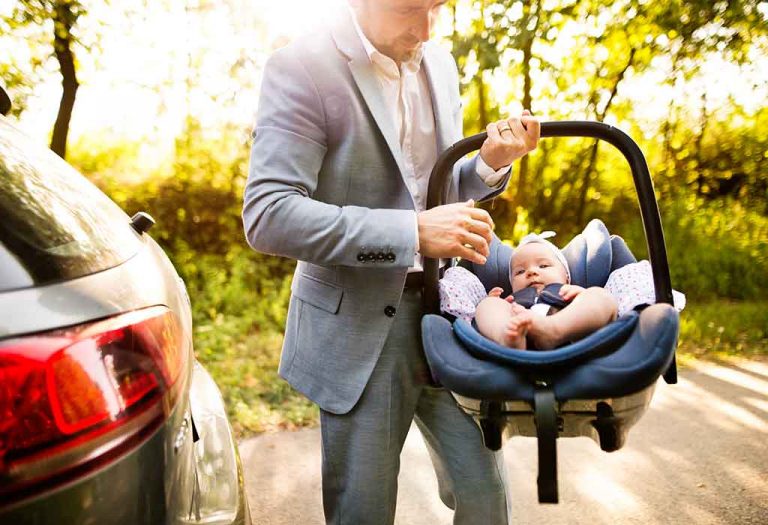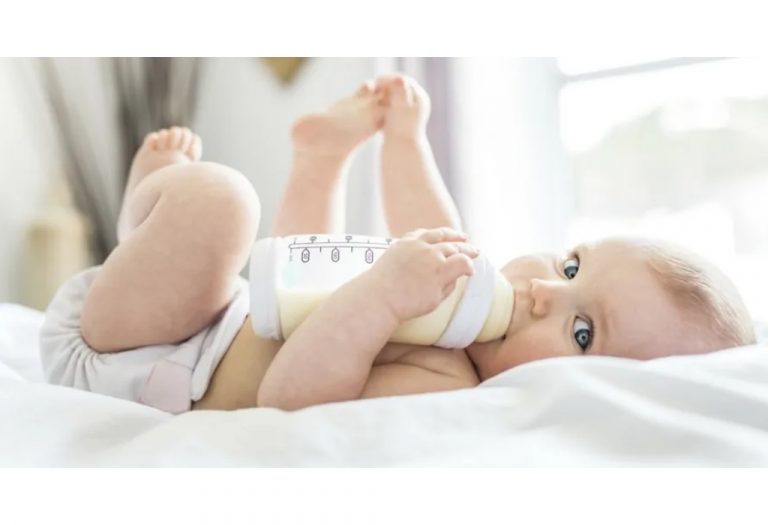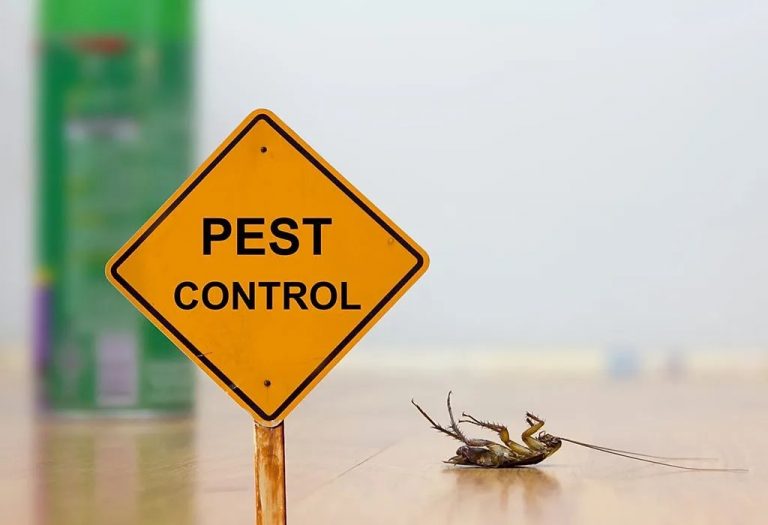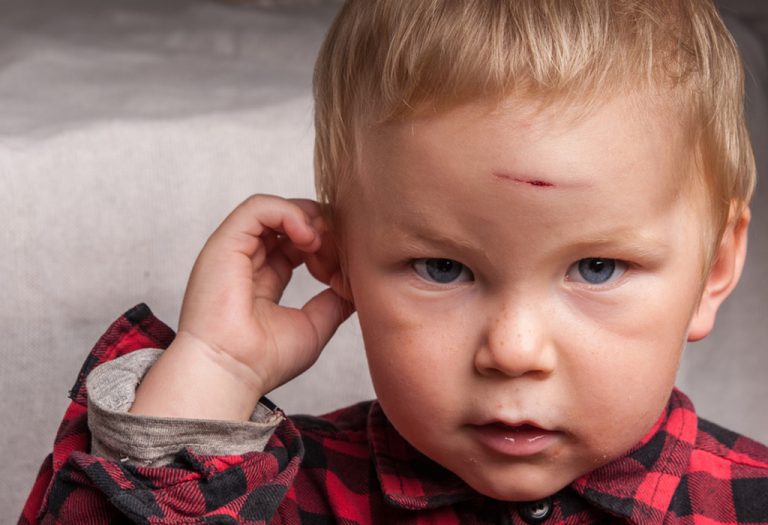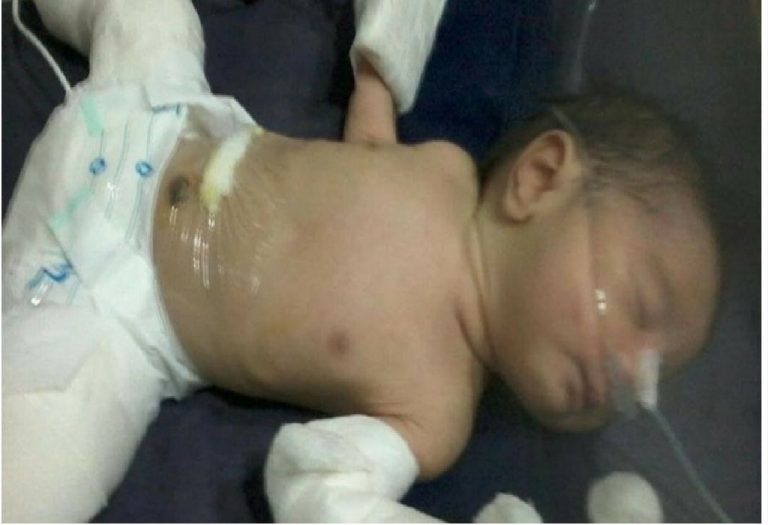How to Clean Baby Toys – Simple and Effective Tips

Kids play around with their toys all the time, often leaving them scattered across the house or dragging them along dirty floors. Nearly every toy eventually ends up in their mouth, making proper hygiene essential. Many children fall ill simply because of unclean toys that harbor germs. Therefore, maintaining clean toys is an absolute necessity for keeping little ones safe and healthy. Cleaning infant toys regularly helps prevent the spread of harmful bacteria and viruses. Parents often wonder how to clean baby toys effectively, especially since different materials require specific care. Establishing a routine cleaning schedule ensures that toys remain germ-free and safe for daily use.
Why Is It Important to Clean Your Baby’s Toys?
For a kid, his toy pretty much becomes the first friend he makes in his life. The vivid colours and different sounds they make will have your kid carrying them around wherever he goes. Kids constantly try chewing on their favourite toy or putting it in their mouth. This is one of the major reasons why keeping toys clean is so important. They have a direct line to your baby’s well-being.
How to Clean/Sanitise an Infant’s Toys?
Different toys need to be cleaned in different ways. Here’s how you can clean each one of your baby’s toys.
1. Plush Toys/Stuffed Toys
The material that stuffed toys are made of can get dirty rather quickly and also end up holding a lot of germs together.
How to Clean:
These toys can be usually cleaned with water and soap, using your hands. Another convenient option is to put them in a washing machine. Do not use your daily soap for it, since your baby will be playing with them later. Use the baby shampoo itself and then let them dry in the sun. For washing machines, you can put all of them together in a cloth and run it on gentle mode.
2. Bath Toys
All those ducks and boats that your kid plays with during his bath time need cleaning as well. They are constantly wet and around both, clean and dirty water.
How to Clean:
Bath toys are usually wet all the time and make way for microbes to thrive on them. Since your baby bathes daily and plays with them while bathing, these should also be cleaned on a daily basis. Wash them after each bath and then keep them to dry or hang them on a drying wire. Another quick way to clean them is to dip them in a home-made cleaning solution overnight and then let them dry.
3. Plastic Toys
Plastic toys come in all shapes and sizes and these are the most loved ones for any kid. Many toys also have batteries in them. So, it is necessary to remove them and keep the battery portion covered while cleaning them up.
How to Clean:
Most plastic toys can be easily cleaned by using hot water with some soap or even using a dish detergent. These are best for fully plastic toys without any fabric present on them. Place these toys on a clothing tray so that the water can drip down easily. If going for a washing machine, use the gentle mode for a short time and let them dry naturally. For any toys that have smaller moving parts, you can use an old toothbrush to clean the inner areas properly.
4. Rubber Toys
Rubber toys are quite easy to play with. These are softer compared to hard plastic toys and can be handled by the baby without much trouble. But they also hold quite a few germs on their body rather easily.
How to Clean:
Rubber toys, too, can be cleaned using soapy water. These should be preferably washed by hand to keep their texture intact. A sponge can also be used to rub the surface and remove any embedded dirt. Prior to washing, let them sit inside the soapy water for an hour or so for the soap to act on the dirt. Using a toothbrush and a little vinegar can clean them much more efficiently.
5. Silicone Toys
These toys are slightly similar to the rubber ones might are manufactured from a different material. They are easy to play with as well and quite durable. So, even when chucked across the room, they don’t tend to break. These can find their way under beds or behind shelves, picking up quite some dirt and germs.
How to Clean:
One of the quickest ways to clean such toys is to take a bucket of warm water, add some disinfectant or baby shampoo, rinse it a bit, and put all the toys inside it. Let them soak for about half an hour. These can then be cleaned with a toothbrush or a cloth, washed in clean water, and left out to dry.
6. Wooden Toys
These could be old toys from your own childhood or maybe you picked them up because they looked interesting. Wooden toys have a different feel to them and your kid might also like the smell and taste of it, as weird as it might sound. Since it is wood, it automatically becomes a nice play for germs to stay.
How to Clean:
These toys need to be washed with a little care than others. Make use of a cloth that is just a tad wet by using a mixture of water and vinegar. This is necessary for cleaning wooden toys the right way. It is necessary not to wet the wood completely because it can destroy the structure of the toy or even take an abnormally long time to dry completely.
7. Dolls
Kids of all ages love dolls. Dressing them up, combing their hair, and playing house with them is how they learn to emulate social behavior. Most dolls are made up of different elements that make cleaning them a tricky problem.
How to Clean:
Each element of the doll needs to be cleaned using a specific method. For the body part, which is primarily made out of plastic, using a simple washing liquid can suffice. If the parts are made of fabric, a little water and shampoo might do the trick, with enough time to dry out. The hair of such dolls requires great care since it can quite easily be ruined and tangled. Handle it similar to how you’d handle your own hair and wash it gently with a little baby shampoo.
8. Battery Toys
Most of the toys that are battery-powered are made out of plastic. Dipping them in water might seem the natural thing to do, but this could end up damaging the circuitry and rendering the toy useless.
How to Clean:
Before anything, remove the batteries from the toy and keep them aside, in a safe place. The only way to clean the toys is to take care of the outer areas. Make sure that the battery contacts are not touched while doing so, since they can quickly catch rust. Using a disinfectant-laden solution can help clean the toy. If the batteries are found to be leaking, replace them right away.
9. Ride-On Toys
Your kid will take this toy all over the house and attract every kind of microbe there is.
How to Clean:
All you need to clean it is some water, a disinfectant solution, and a clean cloth. Wipe down all the areas of the toy with it and let it dry naturally.
10. Electronic Baby Toys
These toys often have speakers, buttons, and sensitive parts that shouldn’t get wet.
How to Clean:
First, remove the batteries to prevent damage. Use a microfiber cloth lightly dampened with a disinfectant solution or 70% isopropyl alcohol—never spray liquid directly on the toy. For hard-to-reach areas like crevices and button edges, gently clean with a cotton swab dipped in alcohol. Finally, ensure the toy is completely dry before reinserting the batteries to avoid electrical issues. Regular cleaning keeps germs away while protecting delicate electronic components.
Difference between Cleaning and Disinfecting
Cleaning mainly takes care of any dirt or dust that is present in the toys. Disinfecting removes any germs or microbes that might be present on the toy or inside it.
How to Disinfect Baby Toys?
Disinfecting your baby’s toys can be important to get rid of germs and bacteria. Here’s how to disinfect baby toys that go in the mouth.
DIY Disinfectant to Sanitise Your Child’s Toys
Using this solution is a better alternative since it is free from any harmful chemicals or other cleaning products.
What You Need:
- Warm water
- White vinegar
- Rosewater
How to Clean:
- Mix all the ingredients together. Water and vinegar should be mixed in a ratio of 15:1.
- Soak the toys in this solution for about half an hour. Let the bath toys soak overnight. These can then be washed under clean water, wiped with a cloth, and allowed to dry naturally.
- You can even spray this solution on a toy and wipe it clean with baby wipes for quick cleaning.
Is It Safe to Clean the Baby’s Toys With Bleach?
Using bleach can rid your toy of all the germs in an easy manner. Bleach is usually safe to use on a variety of materials but it is best to try it out on a small area of the toy, in a diluted proportion.
Safe Ways to Disinfect Non-Washable Toys
Some infant toys can’t be submerged in water or run through a washing machine, but they still need regular cleaning to stay germ-free. Here are safe and effective methods to disinfect non-washable toys without damaging them.
1. Disinfecting Wipes (Baby-Safe)
Look for fragrance-free, alcohol-free wipes specifically designed for baby items. These are perfect for quick cleanups of plastic toys, teethers, and activity gyms. Always check that the wipes are non-toxic and safe for oral contact since babies often put toys in their mouths. For extra sanitation, follow up with a dry cloth to remove any residue.
2. 70% Isopropyl Alcohol Spray
This is one of the most effective disinfectants for hard, non-porous toys. Spray a small amount onto a microfiber cloth (never directly on the toy) and wipe all surfaces thoroughly. The alcohol evaporates quickly, leaving no harmful residue behind. Avoid using on painted or decal-covered toys, as it may cause fading over time.
3. Vinegar-Water Solution (1:1 Ratio)
A natural and chemical-free option, this mixture works well for most toy materials except unsealed wood or certain metals. After wiping, let the toy air-dry completely to eliminate the vinegar smell. For toys that go in baby’s mouth, consider a quick rinse with water afterwards to remove any lingering taste.
4. Steam Cleaning
A handheld steamer kills 99% of germs using just heat, making it ideal for stuffed animals, high chairs, and hard plastic toys. Hold the steamer a few inches away to avoid moisture damage, and always allow toys to dry fully before reuse. Avoid using steam on electronics or battery-operated toys, as the heat and humidity can cause damage.
5. UV Sterilizer
UV sanitizers are excellent for items that can’t withstand moisture, like plush toys with electronic components. Most UV devices sanitize baby toys in just 5-10 minutes without chemicals. However, ensure the toy is positioned correctly so all surfaces receive UV exposure. This method is particularly useful for frequently used items like pacifiers and teething toys.
6. Baking Soda Paste for Stains
For stubborn grime or sticky residues, baking soda acts as a gentle abrasive. Apply the paste to the affected area, let it sit for a few minutes, then wipe clean with a damp cloth. This method works well on silicone, hard plastic, and rubber toys. Always rinse thoroughly if the toy is mouthable, as baking soda can leave a bitter taste.
7. Sunlight Disinfection
Natural UV rays from sunlight are a powerful disinfectant for hard, non-porous toys. Place toys in direct sunlight for 3-4 hours, rotating them occasionally for even exposure. This method works particularly well for plastic bath toys and wooden blocks. Just be cautious with colored toys, as prolonged sun exposure may cause fading.
These were ways for cleaning baby toys that can’t be washed.
How Frequently Should You Clean Your Baby’s Toys?
To maintain a hygienic environment for your baby, it’s recommended to clean high-use toys (like teethers, bath toys, and anything frequently mouthed) daily or after each use, while plastic and hard-surface toys should be sanitized at least weekly. Stuffed animals and plush toys can be washed every 1-2 weeks unless visibly dirty, and electronic or battery-operated toys should be wiped down weekly with disinfectant wipes. Always clean toys immediately if they’ve been dropped in public spaces, exposed to illness, or have food residue, and remember that more frequent cleaning may be necessary for younger babies (especially newborns) or during cold/flu season. Regular inspection of toys for dirt, stickiness, or mold will help you determine when extra cleaning is needed.
FAQs
1. Can I use breastmilk to clean my baby’s toys?
While breastmilk has antibacterial properties, it isn’t an effective disinfectant for toys. Milk residue can actually promote bacterial growth if not thoroughly rinsed, so stick to safer cleaning methods like soapy water or baby-safe disinfectants.
2. Do dishwashers sterilize baby toys like they do bottles?
Dishwashers can clean some heat-safe plastic toys, but they don’t fully sterilize like steam sterilizers do. Always check toy labels—many baby toys can warp or degrade in high heat.
3. Are “self-cleaning” or “antimicrobial” baby toys actually safe?
Some toys claim to have antimicrobial coatings, but these often contain chemicals like triclosan, which may be harmful if ingested. Plain, non-toxic toys with regular cleaning are a safer choice.
4. Can freezing stuffed animals kill germs like dust mites?
Freezing plush toys overnight can kill dust mites, but it won’t eliminate bacteria or viruses. For full sanitization, washing with hot water and detergent is still necessary.
All toys are made of different materials. So, figuring out the best way to clean toys that applies to all is not a possibility. By cleaning the toys regularly and disinfecting them once in a while, you can keep your baby’s best buddies safe for him.
Also Read:
Toys Every Baby Needs to Own
Developmental Toys for 1-Month-Old
Must Have Toys for Baby’s First Year
Was This Article Helpful?
Parenting is a huge responsibility, for you as a caregiver, but also for us as a parenting content platform. We understand that and take our responsibility of creating credible content seriously. FirstCry Parenting articles are written and published only after extensive research using factually sound references to deliver quality content that is accurate, validated by experts, and completely reliable. To understand how we go about creating content that is credible, read our editorial policy here.






